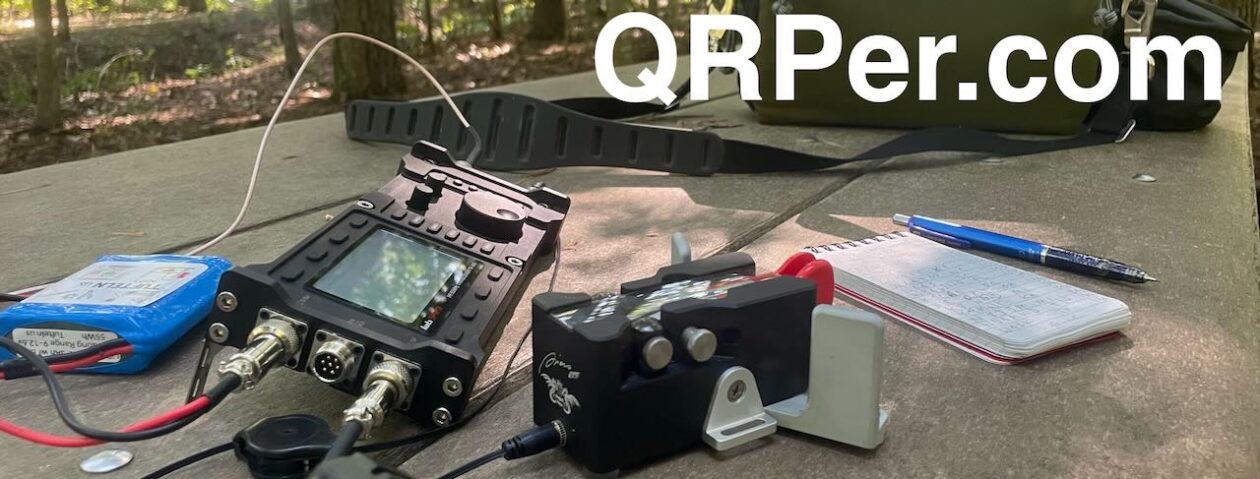 I’m a pretty organized field radio guy if I do say so myself.
I’m a pretty organized field radio guy if I do say so myself.
In all of the hundreds of field activations I’ve attempted since the days of the National Parks On The Air (NPOTA) program, I’ve only arrived on site two or three times and discovered I was missing a key component of my field kit. Out of those times, only once do I remember that the missing component prevented my activation (it was hard to power my radio without a battery and power cable). The other times, I was able to improvise.
As I mentioned in this two-parter series, I tend to build two different types of field kits:
- one that’s fully self-contained (like the MTR-3B kit),
- or one that’s modular, where component families (transceiver, antenna, power, etc) are in their own packs and can be moved from pack to pack.
I always prefer having dedicated field kits, but they’re pricey because they require a dedicated antenna, battery, radio, key/mic, earphones, pack, connectors, and sometimes even their own throw line.
I assemble modular kits around a particular radio and antenna system prior to leaving the QTH to go on an activation. I have a method for doing this which prevents me from leaving stuff behind.
Save this time…
On Thursday, April 7, 2022, before leaving the house for a quick overnight trip, I grabbed my SOTA pack and disconnected my Elecraft KX3 from the KXPA100 amp in the shack.

My KX3 is used a lot in the shack–along with the Mission RGO One and Ten-Tec Argonaut V–it’s one of my staple rigs at the QTH. I didn’t think I would have time to complete an activation on this quick trip, but if I did, I wanted to use the KX3. I also grabbed one of my pouches that contained a 12V battery, distribution panel, and power cord.
Also inside the pack was my Elecraft KX2 kit. It was in there from a previous activation, so I just left it in the bag.
When a window of opportunity for a quick activation opened on Friday, April 8, 2022, I grabbed it. I didn’t have time to go far afield, so I chose to activate the closest park to where I was running errands that day.
Fort Dobbs State Historic Site (K-6839)
 As I was driving to the site on I-40, it dawned on my that I might have forgotten to pack an antenna.
As I was driving to the site on I-40, it dawned on my that I might have forgotten to pack an antenna.
Not a good feeling, but I was only 10 minutes from the park, so there was no turning back.
You see, a couple days beforehand, I did a bit of an antenna inventory at the QTH–I took all of my antennas out of their packs, checked them over carefully for any damage or fault points and made notes.
I normally keep a 20M EFHW antenna in my KX2 field kit, but I remembered that also I removed it during the inventory.
Once I arrived at Fort Dobbs, I opened my SOTA pack and confirmed that I had no antenna. Not a one.
I kept a clear head and realized that if I wanted to complete the activation, I needed to do one of two things:
- Search the car in case, somehow, I had a spare antenna floating around in there. Unlikely, but I’d feel like a fool if I aborted an activation with an antenna in the car.
- Go to a nearby hardware or dollar store and find some cheap wire. The KX3 has a brilliant internal ATU to match pretty much any wire I connect to it.
So, I searched the car. Continue reading QRP POTA at Fort Dobbs: No antenna? No problem!




































